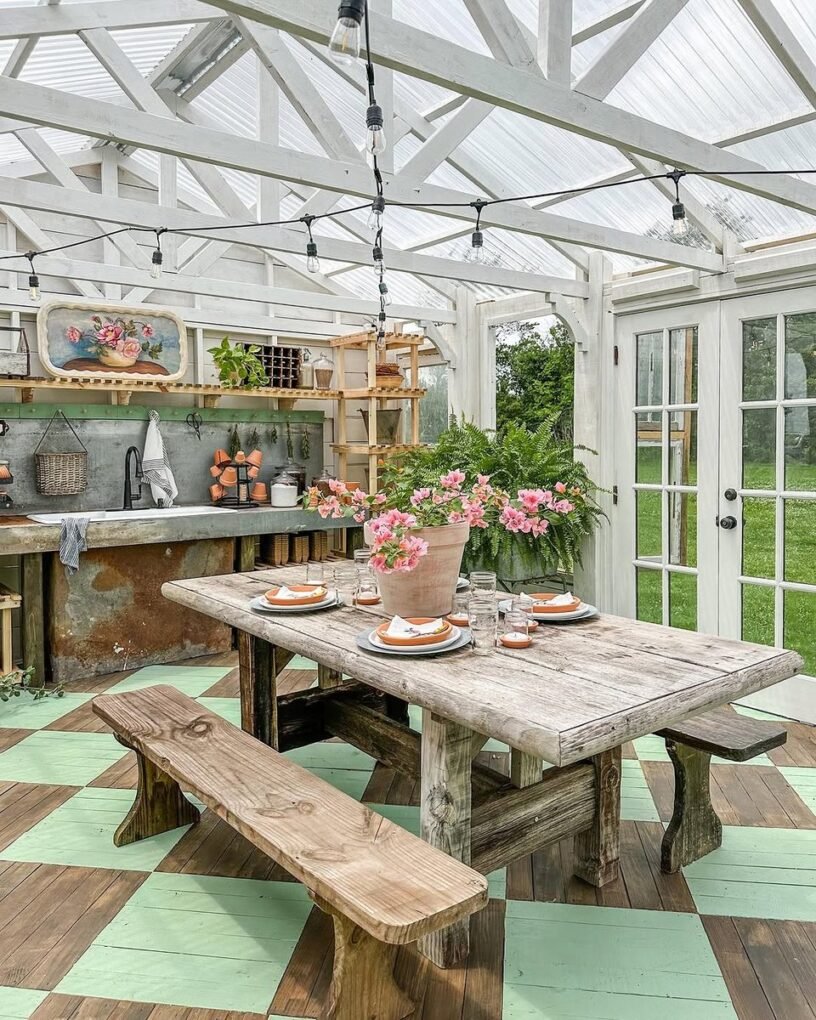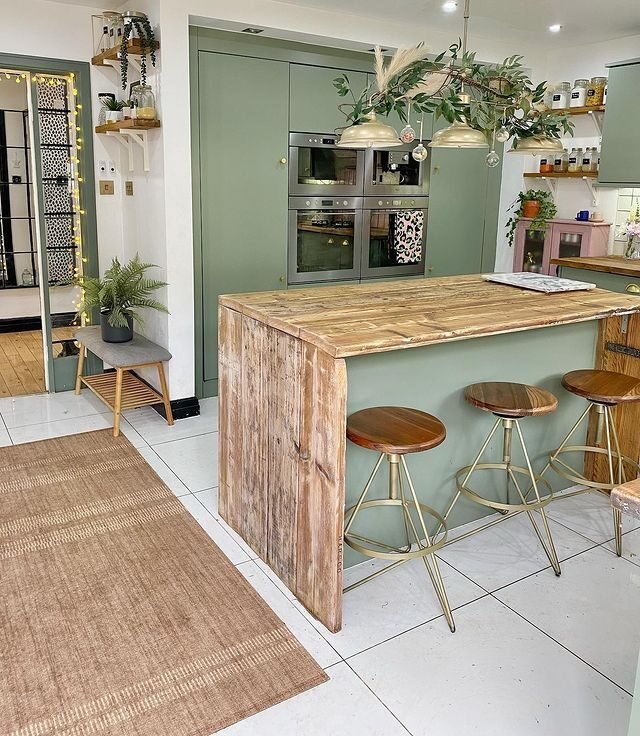Morocco's modern architecture includes various instances of early twentieth-century Art Deco and local neo-Moorish or Mauresque architecture built between 1912 and 1956 under the French and Spanish colonial occupation of the nation or until 1958 for Spain. Throughout history, Morocco has been impacted by a variety of cultures. For centuries, the country was shaped by a mix of African tribes from across the Sahara Desert, Arab neighbours' Islamic traditions, and European colonists. All of these influences have combined to create a culture unlike any other, which is reflected in the country's distinct architectural style.
Different design aspects can be seen in Moroccan structures, although Islam has had the greatest influence on the country's architecture both historically and currently. Indeed, for centuries in Morocco, the special decorative standards of Islam have been employed to influence the design and adornment of buildings. Moroccan architecture has a strong Islamic influence in its design. Exquisite geometric patterns, beautiful Islamic calligraphy of Quranic phrases, and bright zellij are among them, a ceramic-tile mosaic. Most buildings have open courtyards with lush gardens in the centre, which were designed as places of quiet and relaxation. Moroccan interior design may be all of these things at once: exotic, sophisticated, wealthy, and dramatic.

The Moroccan appearance first gained popularity in the 1960s, when affluent hippies visited the country and brought the look back as a non-conformist trend. Colors, textiles, patterns, and a lot of mobility and movement between components define this sumptuous design. You can create a Moroccan-inspired style without using bright colours; instead, focus on incorporating detailed wood, mosaic pieces, and fabrics that capture the mood. Moroccan décor tends to incorporate strong colour against neutral backdrops of white, beige, or sand.
These lovely soft accent chairs feature blues and greens from the surrounding oceans, as well as terracotta reds and browns. As living room is the heart of the room which is filled with lots of memories and laughter of people it has to be beautiful and what better than going with a Moroccan inspired interior living room. Here are some of the ideas,
Neutral Colors-
A pristine white sofa is accented with throw cushions that merge black-and-white designs softened with accents of pastel pink, creating a fresh, soft, modern Moroccan living room. Warm metal touches, such as a traditional copper tea tray and a brass lantern, balance out the colour scheme, and a textured rug brings it all together.
Patterns And Textures-
Beautifully carved wooden decor additions, bright local flea market finds with a Middle Eastern flair, and, of course, the ever-popular and fascinating ottomans must take their position. And, although you're focusing on the design, textiles, and colours, don't overlook the importance of lighting in giving your living room a Moroccan makeover.

Lighting Fixtures-
Indeed, the lantern-style Moroccan lights are its most identifiable feature, and they are a must-have for any room that aspires to be really moroccan. The extraordinary and one-of-a-kind Moroccan light fixtures also serve as vivid sculptural accents that stand out even when turned off. Combine them with the style's other well-known aspects, such as old Moroccan rugs.
Retro-
Moroccan style was popular in the mid-twentieth century, and many Moroccan interior design features and artefacts have grown so mainstream that they are now found smoothly incorporated into modern environments, and many people are unlikely to recognise them as Moroccan. Moroccan flair for colour, pattern, and exuberance is reflected in the vibrant, bold textiles used throughout the space.
Go Modern -
With vivid colours and varied textures galore, the classic Moroccan living room appears to be an unabashed celebration of life. Most homeowners want to add a little of Moroccan flair to their property while maintaining its sleek, gleaming contemporary look. This can be accomplished by adding strong pops of colour that stand out against a calm, neutral background in a living room. a bright splash of colours.
Patterns And Geometrical Shapes-
Your living area appears fashionable while embracing the Moroccan overtones, thanks to the use of interesting geometric patterns and vivid accent hues, which is a hot contemporary trend. Large mirrors or even gleaming mirrored surfaces can add to this attractiveness without being out of place. In fact, you'll be astonished at how nicely a Moroccan theme and a classic Hollywood Regency design mix together in a room.
One of the many things we can learn from this extravagant style of interior design is to make every inch of your home lovely. Moroccan homes are a testament to this energising, ritualistic way of life.




